Tom's Guide Verdict
The Honor 7X condenses the full-screen experience down to an affordable package, making for one of the best-value phones of the year.
Pros
- +
Extra-wide 18:9 display
- +
Minimal bezels
- +
Solid performance
- +
Headphone jack
- +
Very low price
Cons
- -
Dated UI
- -
microUSB port
- -
No NFC or water resistance
- -
Subpar battery life
Why you can trust Tom's Guide
The Honor 7X is one of the most underrated phones out there. It packs a fairly speedy processor, a roomy 5.9-inch screen and sleek design, cramming a lot of value into one of the best cheap phones on the market.
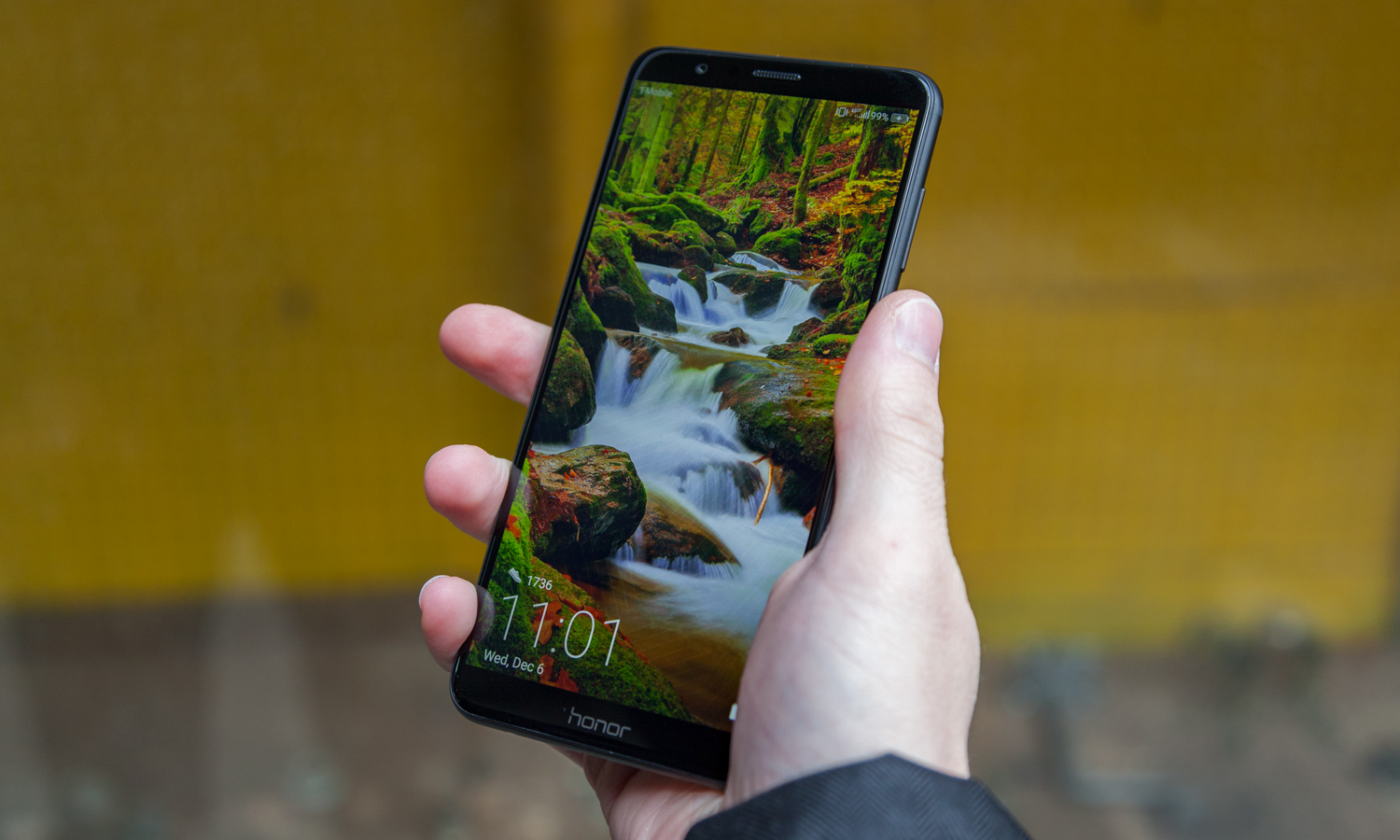
Yes, the newer Moto G7 packs more power. But, overall, the Honor 7x is a very good bargain.
Honor 7x Price and Availability
There's only one model for U.S. buyers — a unit with 32GB of storage and 3GB of RAM — and the phone comes in either blue or black. Amazon sells the Honor 7x now. The Honor 7X is an unlocked device, though it's compatible with only GSM networks, such as AT&T, T-Mobile, Cricket and MetroPCS.
Huawei Honor 7X Specs
| Price | $199 |
| OS | Android 8.0 Oreo with EMUI 8.0 (via update) |
| Screen Size (Resolution) | 5.9 inches (2160 x 1080) LCD |
| CPU | HiSilicon Kirin 659 |
| RAM | 3GB |
| Storage | 32GB |
| microSD | Yes |
| Rear Camera | Dual 16-MP f/2.2 and 2-MP |
| Front Camera | 8-MP |
| Battery Life (Hrs:Min) | 9:21 |
| Water Resistance | No |
| Size | 6.16 x 2.96 x 0.30 inches |
| Weight | 5.8 ounces |
Design: Full screen, but not flashy
Clad in stealthy matte aluminum, the Honor 7X follows and improves on the aesthetics of its predecessor. The device sports curved edges and sloping 2.5D glass, to make for a seamless contour from the face to the back. It's certainly premium-feeling for the price, if a little unoriginal. It's no longer uncommon to see even sub-$200 handsets employ metal over plastic, so as much as I appreciate Honor's reluctance to cheap out on materials, the novelty has worn off a bit.
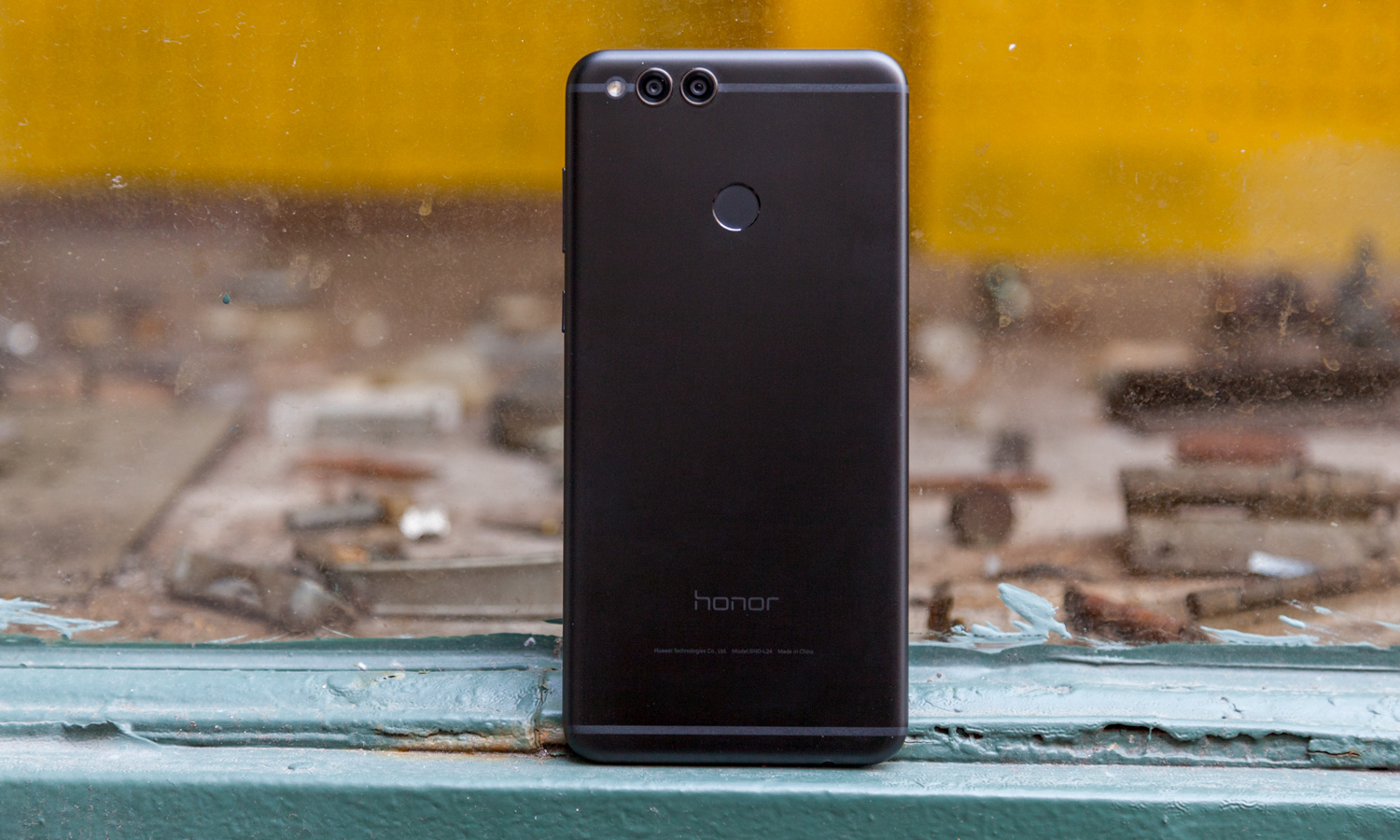
However, the Honor 7X has one advantage you'll struggle to find at this price: an 18:9 display. The 5.5-inch screen in the Honor 6X has grown to 5.9 inches on this new model, and its bezels have been squashed, too. This year has been defined by "full-screen" flagships beginning with the LG G6 all the way to the recently released OnePlus 5T, and you've got to commend Honor for bringing the trend to budget-sensitive buyers.
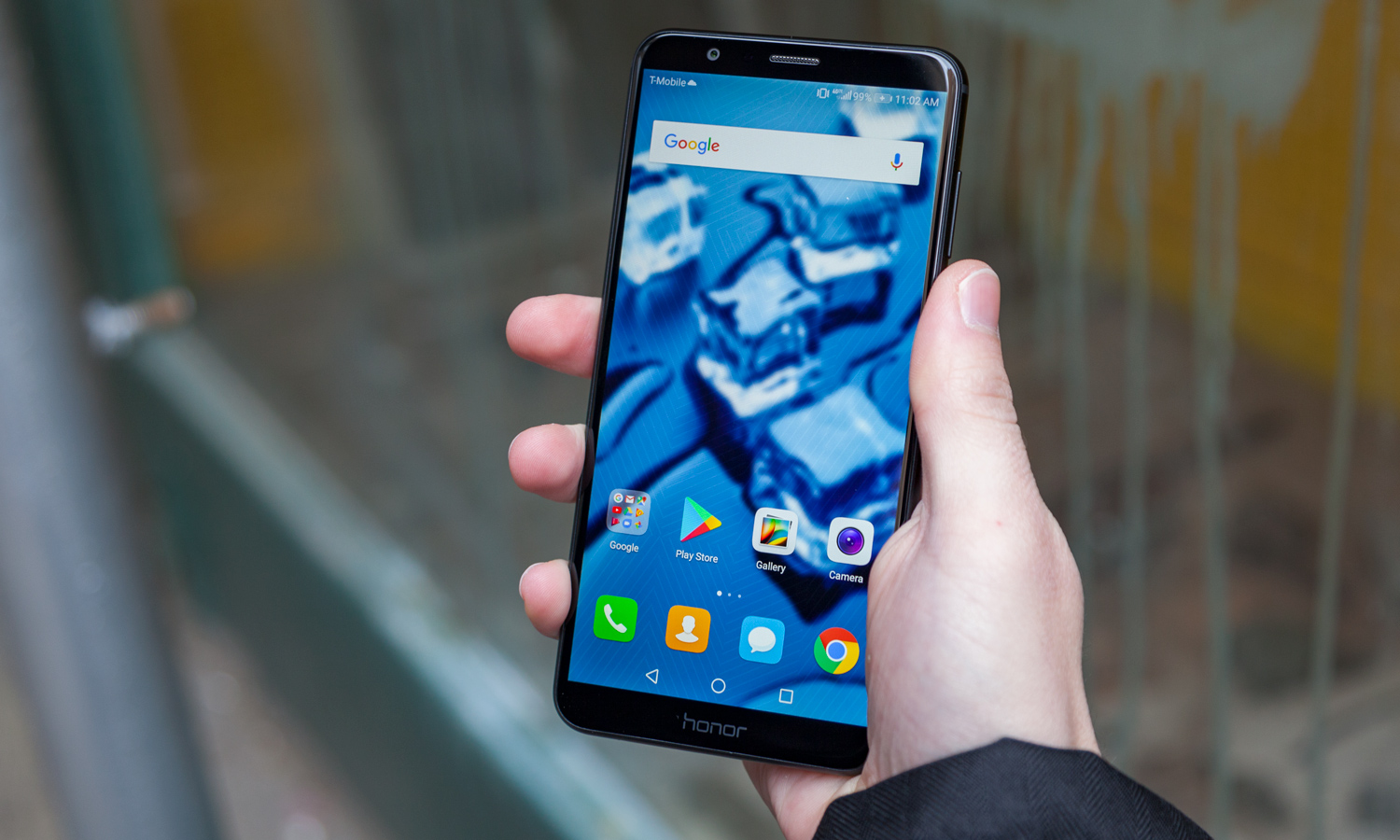
It's because of that big screen that the 7X feels more like a cousin of the Huawei Mate 10 Pro rather than any previous Honor device. From other angles, though, the 7X is a mishmash of various slabs.
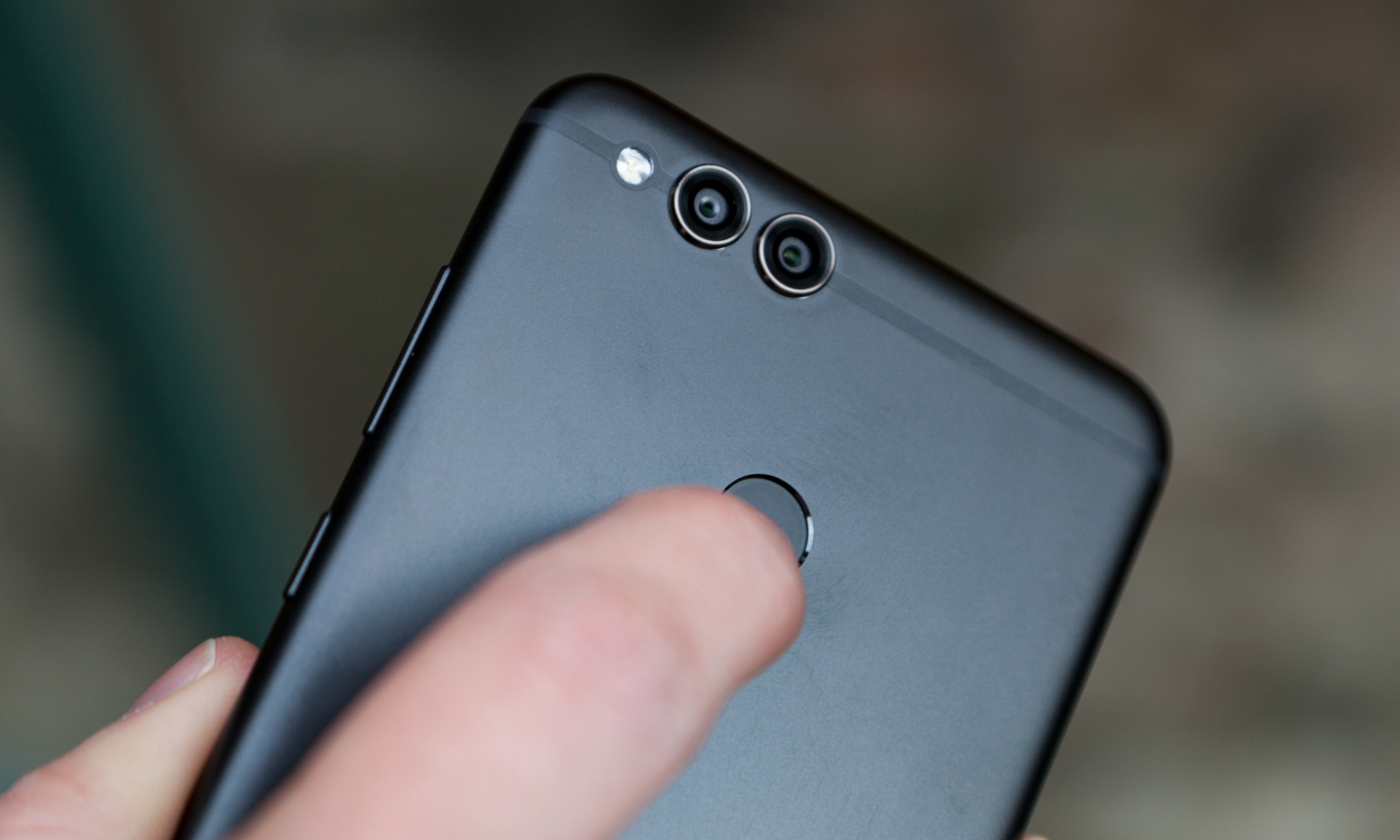
The dual camera calls to mind the Asus ZenFone 4 Max, with its top-left placement and the antenna band running through it. The fingerprint sensor feels small and deeply recessed, but its centralized placement evokes a litany of Android phones. And the drilled speaker holes flanking the micro USB port and headphone jack along the bottom are a hallmark of Apple's mobile devices.
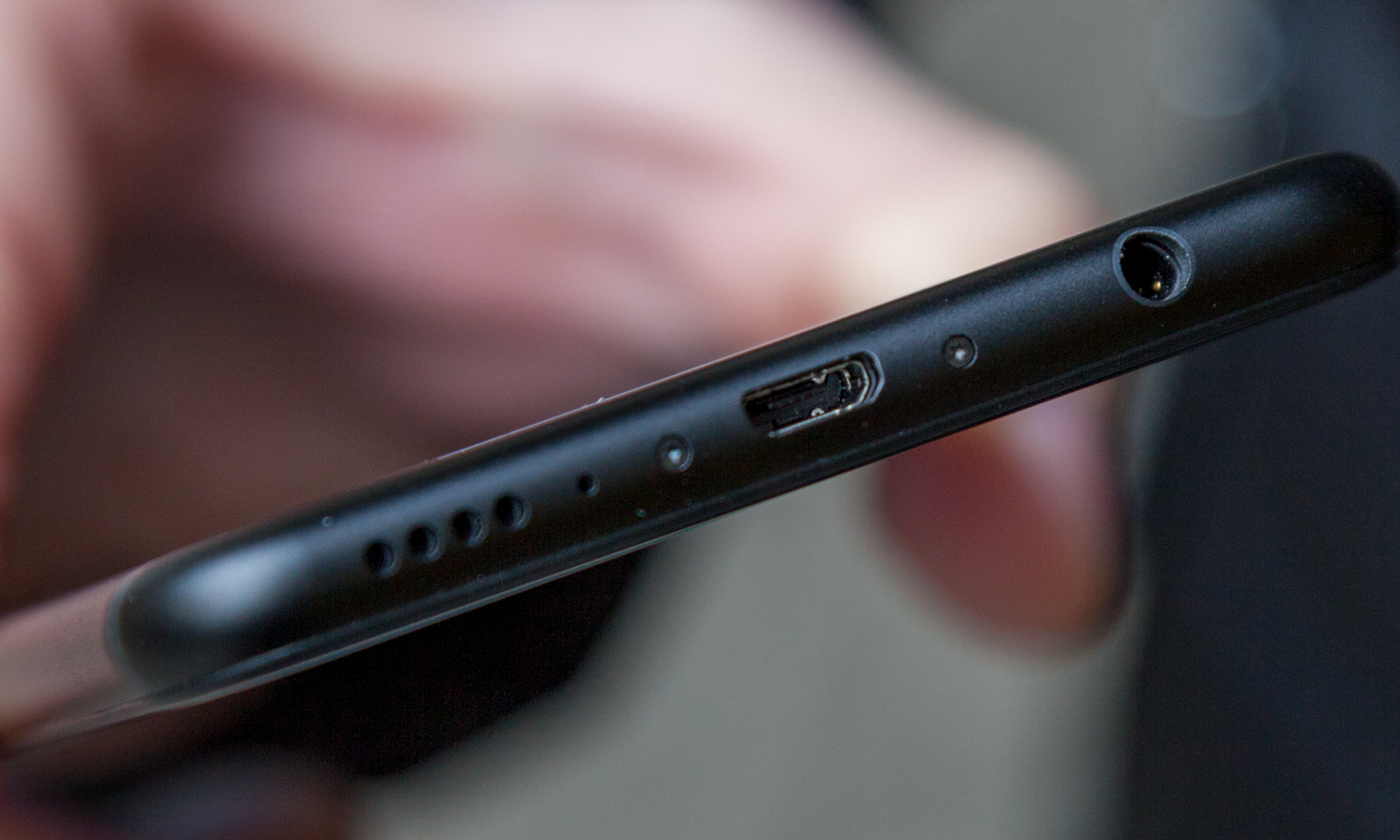
But derivative as the look is, it's hard to be too displeased with the design; the Honor 7X feels like it could cost several hundred dollars more than it does, which is really all anyone's asking for in a midrange phone. However, I will take issue with whatever coating was employed on the aluminum chassis. This phone traps fingerprints like nobody's business, and because it's matte, you can't wipe them away with the same ease as you can on the Galaxy S8 or LG V30.
Display: Size sets it apart
The 5.9-inch, 2160 x 1080, LCD screen in the Honor 7X isn't going to set any records for the brightest or most vivid colors, but it doesn't disappoint. The trailer for Avengers: Infinity War looked good on the panel, with solid contrast and good visibility from multiple angles.
What little bezel there is simply melts away when you're watching video, and in those moments, the Honor 7X really feels three to four times more expensive than it is.
However, the way Huawei's EMUI interface deals with the nontraditional aspect ratio is a bit strange compared to other devices with 18:9 displays. You have to manually set apps to fit the whole screen — an option that manifests itself as a button above the navigation bar in an app the very first time you open it. Otherwise, they'll display in 16:9 mode. Honor does provide a universal toggle in the settings to display all apps in 18:9, warning that compatibility problems may hinder some apps from displaying correctly. While I suppose this is simply part of the deal as the industry transitions to the wider format, it's an extra and unnecessary step that other smartphones don't concern the user with at all, and rightfully so.
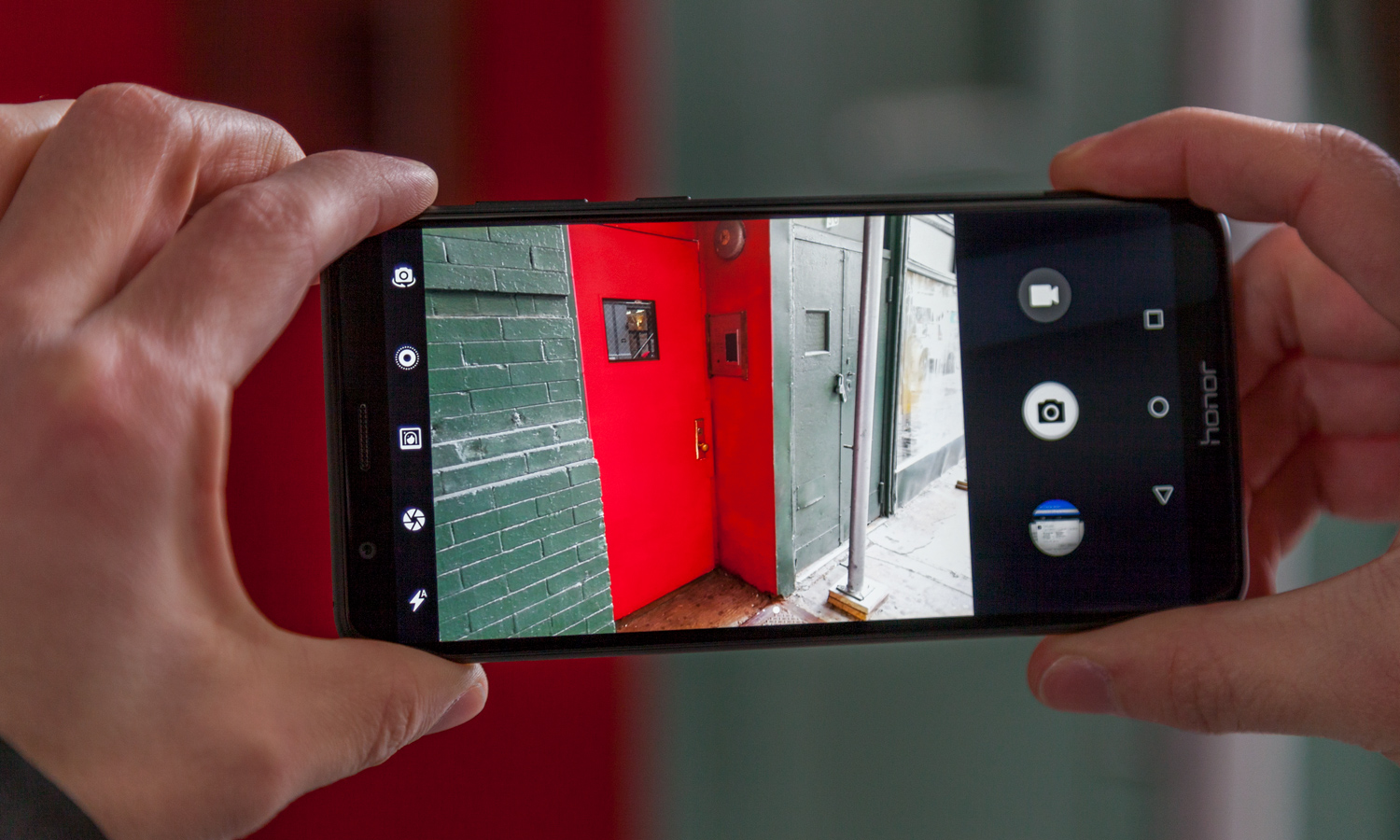
When you finally are using every inch of the screen, content does look more immersive. What little bezel there is simply melts away when you're watching video, and in those moments, the Honor 7X really feels three to four times more expensive than it is.
Taking a closer look at color, the Honor 7X reproduced 105.5 percent of the sRGB space and notched a Delta-E score of 0.38, indicating realistic and accurate hues. (Delta-E numbers closer to zero are better.) The Honor 7X doesn't feature multiple display modes offering different color profiles, nor does it tout the kind of oversaturation that has become common with many of the latest smartphone displays — so what you see is pretty much what you get.
MORE: Best Smartphones on the Market Now
Fortunately, it's a bright display, too. At 510 nits of peak full-screen brightness, the Honor 7X handily trumps the 433-nit smartphone average. It's not quite as vibrant as the 591-nit panel in the Moto G5 Plus, but outdoors, it's practically just as visible, and Motorola can't match the sheer size of the 7X's screen.
Camera: Hit and miss
It's become more common over the past year to see dual-camera photography pop up in budget devices, but at $199, the Honor 7X still manages to undercut its peers. For that price, you'll get a 16-megapixel main shooter with an f/2.2 aperture, paired with a 2-megapixel secondary lens to aid in taking portraits.
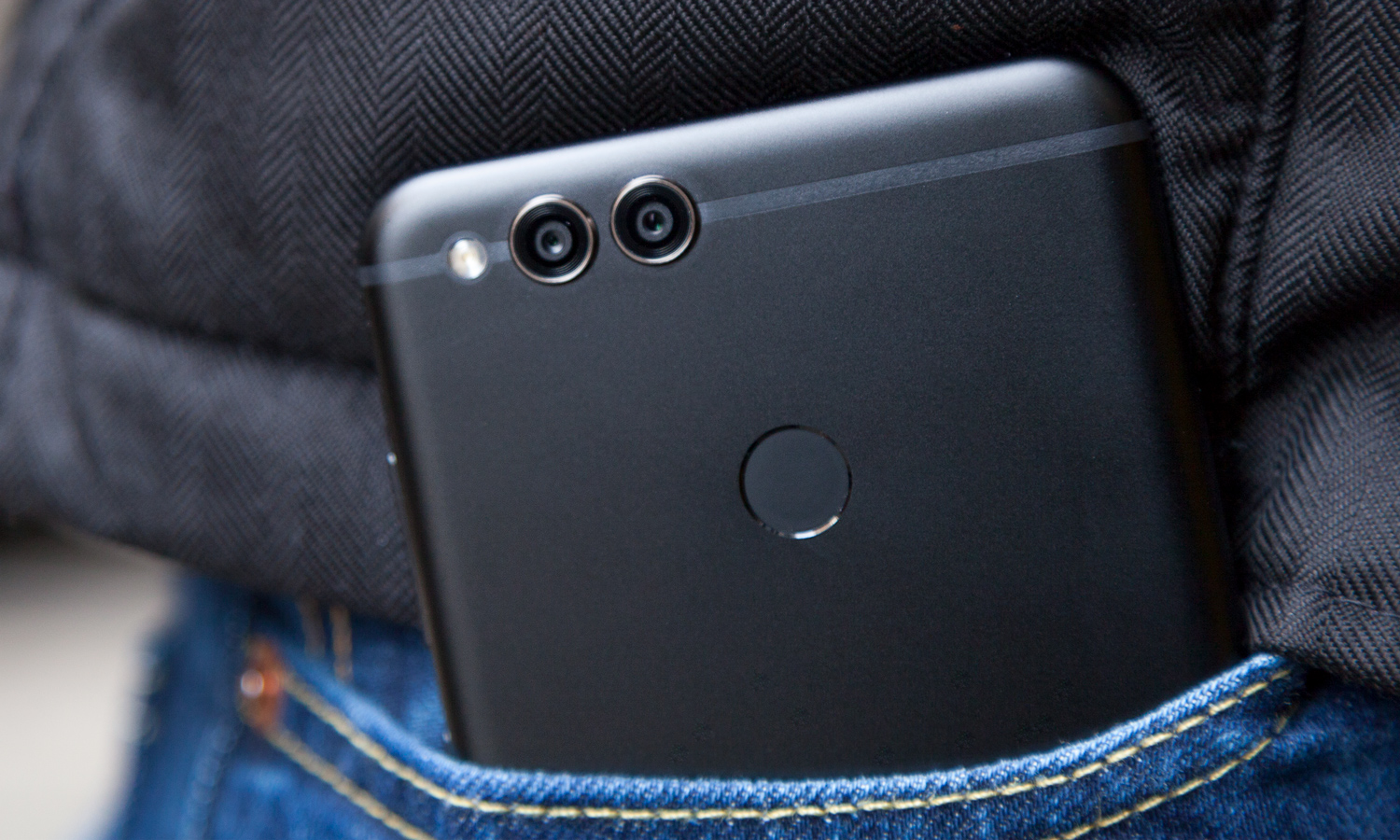
Up front, there's an 8-MP camera, featuring gesture control so you can trigger the shutter simply by turning your hand, without ever having to make contact with the device.
Compared to the Moto G5 Plus, the Honor 7X's photos are more dramatic and aesthetically pleasing, though I wouldn't call them realistic.
One of Honor's primary competitors in the budget space is Motorola, and the $279 Moto G5S Plus also touts dual cameras. We took both devices out into the wild to see what you gain and lose with Honor's cheaper handset.
To kick off the comparison, I journeyed to Union Square in New York on a cloudy day and snapped these photos at a fruit stand. The Moto G5S Plus set the mark with a more balanced exposure that pulled more detail out of the highlights and shadows. There's a greater range of colors on display compared to the Honor 7X's rendition. That photo reached higher peak saturation with its intense reds and greens, but failed to capture the fine gradations between those extremes.
A similar scenario played out as I focused in on one of the produce vendors' signs. On the Honor 7X, the red absolutely pops out of the frame, and the more-pronounced contrast enhances the illusion of depth. It's more dramatic and aesthetically pleasing to my eyes, though I wouldn't call it realistic. The G5S Plus sports a bit more detail in the fabric because it doesn't get quite as oversaturated, though it fails to capture the mixture of gray and blue in the sky.
Interestingly, Honor's Portrait Mode appears to be tied to basic object recognition, as I was unable to get the phone to capture shallow depth-of-field shots reliably unless I was photographing a person's face.
Honor and Motorola have taken two very different approaches with their dual cameras, and it shows in these images. The 7X features a more aggressive depth-of-field effect that blends the background evenly and does a better job of identifying the boundaries of the foreground than the G5S Plus. That phone struggles near the right side of my colleague Henry's glasses.
However, there's definitely room for improvement. While I prefer the 7X's contrast and lighting in the Honor's shot, Henry still appears out of focus and hazy. The G5S Plus didn't suffer from this issue, nor did it blur the text on Henry's sweater, which the Honor device lumped in with the background for some reason. Also, it's worth noting that the G5S Plus allows you to adjust the strength of the blur after you press the shutter, while the 7X does not.
Rounding out the showdown with a pair of selfies, the 8-MP front-facing cameras in both of these phones produce noisy and blurry shots. Neither of them is particularly noteworthy, though the Honor 7X's rendition seems a little brighter on the whole.
Battery Life: Average longevity, but slow to charge
Inside the Honor 7X is a 3,340-mAh battery that the company promises can deliver a little less than a day and a half of life on a charge. I found that to be a tad optimistic during my time with the phone.
A particularly active morning consisting of lots of YouTube streaming, picture taking, casual gaming and web browsing left our unit with a little more than a 70 percent charge by noon. That's adequate among similarly priced smartphones, though results from our battery test showed less encouraging results.
The Honor 7X delivered only 9 hours and 21 minutes during our test, which consists of endlessly streaming webpages on T-Mobile LTE. That's shy of the 9:40 smartphone average, and puts the 7X at a significant disadvantage against some other budget handsets that last considerably longer, like the Moto E4 Plus and Asus ZenFone 3 Zoom, which turned in times of nearly 15 and 17 hours, respectively.
MORE: Smartphones with the Longest Battery Life
When it's time to recharge, though, the Honor 7X will leave you waiting awhile. With no fast-charging tech to speak of, our phone reached only 31 percent in 30 minutes connected to the packaged adapter.
Performance: Huawei's chip delivers
The Huawei-produced Kirin 659 system-on-chip that powers the Honor 7X is tuned for efficiency rather than all-out power, and it compares quite favorably to the Snapdragon 625 inside the Moto G5 Plus.
Equipped with 3GB of RAM in the U.S. model (overseas customers will be able to select a 4GB-RAM variant with 64GB of storage), the 7X delivers swift performance that should satisfy all but the most demanding of power users. Occasionally, when switching tasks and opening notifications, you'll run into lags that you wouldn't encounter on the Mate 10 Pro, but that's to be expected from a midrange phone.
Software: Outdated in more ways than one
While the Honor 7X launched with Android 7.1 Nougat and version 5.1 of the company's own EMUI software experience, the device is now getting its promised upgrade to Oreo. Android 8.0, along with EMUI 8.0, release April 30 via an over-the-air-update for the Honor 7X.
The outdated icons clash heavily with Android's modern Material Design principles, and the garish themes don't help the cause.
Otherwise, this is EMUI as you know it well, and if you're faithful to stock Android, you'll want to avert your eyes. There's nothing egregiously wrong with EMUI; it doesn't slow the phone down from what I can tell. And it does offer a few useful features, like App Twin, which lets you clone apps to tie unique accounts into each one. A modified multi-window mode also makes it a little easier to respond to incoming texts. Simply press the recent-apps key when you receive a notification, and the phone will automatically open certain messaging apps, like the stock SMS client and WhatsApp, in multiwindow mode.
MORE: Android Tips to Unlock Your Phone's Full Potential
But those are outlying cases. Most of the time, EMUI just feels like change for the sake of change. The outdated icons clash heavily with Android's modern Material Design principles, and the garish themes don't help the cause. There are loads of extraneous apps that duplicate core Android software, and even the home screen scrubs the app drawer by default. You can get it back in the settings, but the fact that it's missing for no good reason sums up EMUI in a nutshell.
Bottom Line
No $200 smartphone is perfect, but the Honor 7X is a jack of all trades not a perfectionist. It's arguably the best balance of design, performance and features in its class, even if its rivals do certain things a little better. The $229 Moto G5 Plus offers a marginally more powerful processor and a faster-charging battery. There's also a case to be made for the ZTE Blade V8 Pro, which features a USB Type-C port and now costs $20 less than Honor's latest.
But neither of those phones features an 18:9 display, nor do they offer those shrunken bezels that are all the rage right now. The Honor 7X may have its faults, but if you're looking to get the best bang for your buck, you can't do better than this phone.
Credit: Shaun Lucas/Tom's Guide
Adam Ismail is a staff writer at Jalopnik and previously worked on Tom's Guide covering smartphones, car tech and gaming. His love for all things mobile began with the original Motorola Droid; since then he’s owned a variety of Android and iOS-powered handsets, refusing to stay loyal to one platform. His work has also appeared on Digital Trends and GTPlanet. When he’s not fiddling with the latest devices, he’s at an indie pop show, recording a podcast or playing Sega Dreamcast.
-
muhammad.hassan.bari Phone is not that bad .But there customer service sucks. I have ordered two phones and only one got delivered. They are still investigating from more than two weeks that what happened to my order .Daily they promised that my case was escalated but the end result is same no progress. Company has no care of there customers. No order confirmation emails. No reply to the emails. Even the managers and supervisors don't care. You cannot put any bad reviews on there website they only except five stars :-) I don't think so that they have fair review mechanism.Reply -
soleilmd Only review that says the battery life is subpar. I wouldn't trust this review as everyone else says the battery life is excellent. How you go from excellent to subpar?Reply
